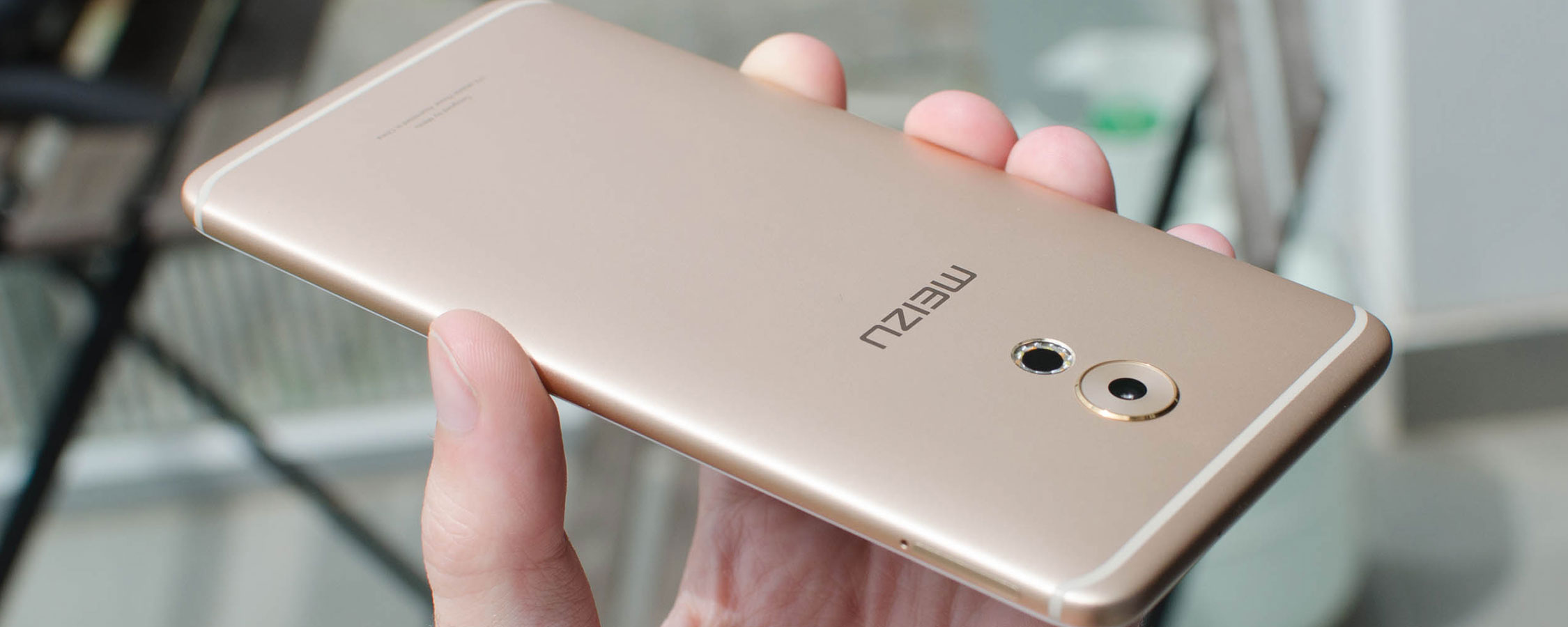Camera
Meizu is one of few companies that openly discusses what camera hardware they are using, so I didn't need to do any sleuthing to discover the 12-megapixel sensor used here is a Sony IMX386. The IMX386 is a 1/2.9" CMOS sensor with 1.25 micron pixels; larger than standard 1.1 micron pixels found in most 16 to 20 megapixel smartphone sensors, but smaller than the 1.4 micron Galaxy S7 camera and 1.55 micron Pixel XL camera, both of which are also 12-megapixels.
The Pro 6 Plus' camera is paired with an f/2.0 24mm (equivalent) lens, four-axis optical image stabilization, laser-assisted autofocus plus PDAF, and a 10-LED circular dual-tone flash. On the front is a 5-megapixel camera with an f/2.0 lens.
Meizu has made a good attempt at producing a flagship quality smartphone camera - this camera is certainly far better than anything I've used from Meizu in the past - but ultimately it doesn't meet the same quality standards as other flagship smartphones in 2016. The camera is a crucial aspect of modern phones, and people who purchase top-end devices are expecting the best. It's disappointing here that Meizu cannot match the devices it so strongly competes with in other aspects.
 |
 |
The main issues with the Pro 6 Plus camera are not related to the physical hardware. The IMX386 sensor produces good levels of detail in its 12-megapixel images, with decent levels of zoomability. Dynamic range in the non-HDR modes is serviceable without blowing me away, and this is typical of all but the highest-end Sony IMX sensors currently on the market. Grain is minimal in most of the photos I took as well, although this comes at the expense of a slight oil-painting effect when viewing 100% crops.
The inclusion of 1.25 micron pixels, OIS, and an f.20 lens leads to great low-light performance, like many other high-end devices. It's reasonably easy to get sharp and detailed images at night, without making scenes too dark, and usually without handheld camera blur (although some images I captured at night were slightly blurry). Most images I took indoors or under artificial lights were also sharp and bright.
The combination of laser and phase detection autofocus leads to good but not outstanding focus performance; it's faster than entry-level devices but can't match the supreme performance of the Galaxy S7 or the Google Pixel XL. Capture speeds are very good, so there's little delay between shutter press and actual capture. Unfortunately the camera app itself can be slow to open at times, although opening speeds weren't consistently poor.
If I had any issue with the Pro 6 Plus' camera hardware, it would be the f/2.0 lens, which produces unpleasant blurry bokeh rather than the creamy bokeh the best smartphone cameras now provide. This is only a minor issue and won't impact most photographers.
My main issue with the Pro 6 Plus is its image processing. Images simply don't look as good as those from the best high-end phone cameras, and even mid-tier flagships like the OnePlus 3 outperform the pro 6 Plus buy a significant margin. And it's not just a lack of oversaturation that keeps the Pro 6 Plus from succeeding here: some photos are outright metered incorrectly and feature either the wrong white balance or are over/underexposed.
Most photos I took indoors had a distinctly blue tone when viewed on a color correct monitor, which is something easily corrected through adjustments to white balance. Photos taken outdoors, and particularly those in high-contrast environments, were usually overexposed, especially when using the HDR mode. The Pro 6 Plus doesn't use auto-HDR either, which I believe is now a critical feature of a flagship phone camera that greatly improves photo quality without fiddling around in the settings. The HDR mode is decent enough, but it needs to be switched on or off depending on your preference and the shooting conditions.
 |
 |
The Pro 6 Plus also suffers from a lack of color depth, especially when shooting indoors or in poor light. These are typically issues we see from mid-range cameras, but in flagships we're now seeing improved processing that can result in great indoor shots. Across almost all the photos I captured using this phone, I got the sense the camera was more mid-range than high-end, which is hugely disappointing for a flagship phone attempting to compete with devices like the OnePlus 3.
On a more positive note, images taken on the Pro 6 Plus generally look quite good on the phone's display, which is a byproduct of the larger-than-sRGB display gamut and general oversaturation of this AMOLED. There's also a basic manual mode included in the camera app if you want to mess around in an attempt to create the best images.
Most of the same issues extend to the 5-megapixel selfie camera, which is respectable in terms of quality and decent enough in low light, but suffers from poor processing. This camera also loses a lot of detail when lighting is poor, even if the actual images are bright and visible.
Meizu could fix most of the issues with this camera via a simple update to the camera firmware and processing. They are expected to launch Flyme 6 in the coming weeks, so hopefully this software update will include some changes that improve how this camera performs.







